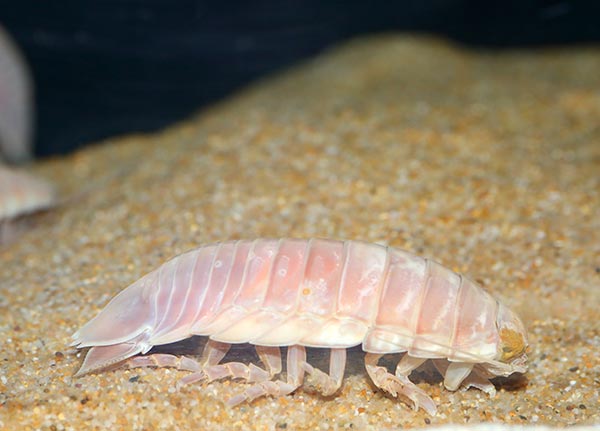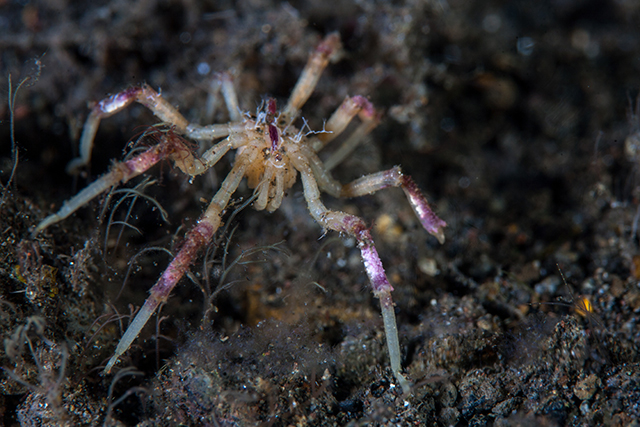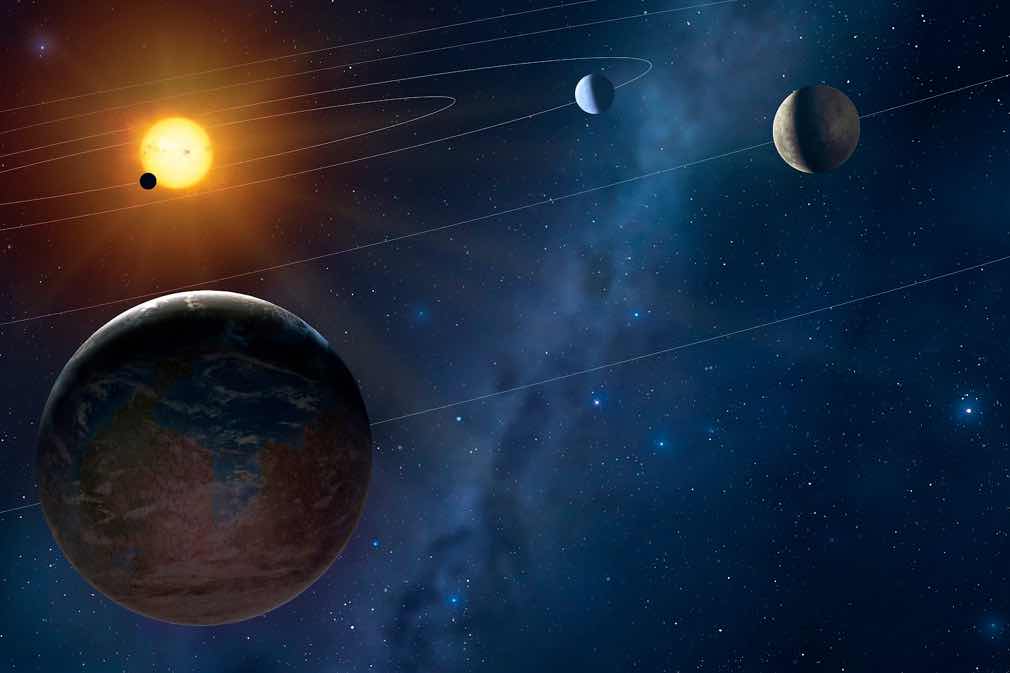Ice on the Red Planet: Buried a mile beneath Mars’ north pole could be the planet’s largest water reservoir
11/12/2019 / By Grace Olson

Beneath the surface, the Red Planet hides massive layers of ice, researchers have found.
The study is a collaboration between researchers from the University of Texas at Austin and the University of Arizona in Tucson. Through NASA’s Mars Reconnaissance Orbiter, researchers were able to have a glimpse beneath the Martian surface and discovered alternating layers of ice and sand.
The researchers believe that their discovery may give information on Mars’ past climates. Consequently, it may shed light on the Red Planet’s highly elusive history. Their study appeared in the journal Geophysical Research Letters.
Water, glaciers, and ice caps on Mars
A lot of public and private parties have wondered about life forms on other planets, and more and more people are becoming interested in Mars’ potential habitability. Since water is a crucial element for organic life, most scientific inquiries on Mars focus on past evidence of water formations and possible sources of water. This includes studying Martian polar ice caps, glaciers, and water cycles. (Related: Why did Mars dry out? NASA space telescope reveals insights.)
Scientists have known for a long time that Mars has glacial activity. Like Earth, the sizes of the polar ice caps shrink and expand depending on the climate. Every 50,000 years or so, Mars’ tilt changes, causing the planet to wobble back and forth like a top. When Mars tilts upright, it allows the glaciers to expand. Conversely, when Mars leans toward the sun, the ice caps shrink or may completely disappear.
Due to the long gap between axis changes, scientists thought that the ancient ice caps were gone. That was the prevailing thought – until now.
A glimpse into Mars’ history
The researchers of the current study wanted to explore the polar ice caps. They were particularly interested in the “cavi unit,” which is found in the north polar region of Mars. The cavi unit is a deposit of water ice and sand forming for millions of years before the current ice cap covered it. The researchers decided to further explore this sector and find out if there could be water below.
The researchers used the measurements gathered by NASA’s Mars Reconnaissance Orbiter. The rover is equipped with a Shallow Radar (SHARAD), which can gather information beneath the surface. It emits radar waves so strong that they can reach up to a mile and a half into the planet’s crust.
Their results astounded them. In the cava unit, they found massive layers of ice – much more than they expected. Based on their gathered data, if the ice melted, it may be enough to envelop Mars with a layer of water at least five feet deep. According to researchers, it may be the third-largest Martian water reservoir after the ice caps.
Aside from the abundance of ice, researchers became excited at the alternating layers of ice and sand. They theorized that the layers of ice came from the past ice ages of Mars. When the summers came, the layer of sand protected the layer of ice from solar radiation. Thus, the ice was preserved. As more ice ages passed, the number of layers increased.
The researchers believe that studying these layers could be the key to unlocking Mars’ history. They are records of Mars’ past climates, preserved under the planet’s surface. Like examining the rings in a tree trunk, they would be able to map and graph a timeline of when each layer was created.
With a better understanding of past climates, they can determine if climate conditions back then were favorable for life. It is one step closer to uncovering one of the Red Planet’s greatest secrets.
Sources include:
Tagged Under: astronomy, breakthrough, discoveries, future science, glacier, ICE, ice layers, Mars, NASA, outer space, polar ice caps, red planet, research, science and technology, Space, space exploration
RECENT NEWS & ARTICLES
COPYRIGHT © 2017 DISCOVERIES NEWS



















